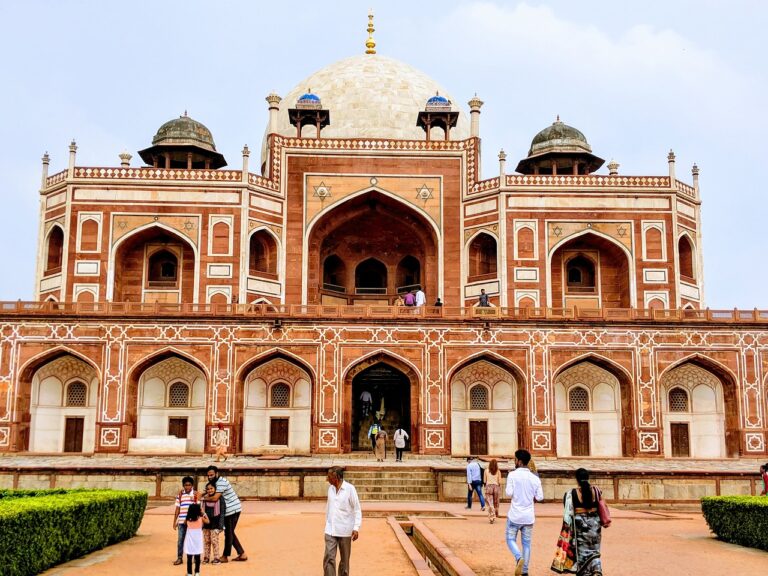Political Tribalism: Understanding Group Identity in Election Politics
Group identity is a fundamental aspect of human existence, shaping how individuals perceive themselves and their place within society. It is the sense of belonging to a particular group based on shared characteristics such as nationality, ethnicity, religion, or values. This collective identification plays a crucial role in shaping social interactions, beliefs, and behaviors.
Through the process of social categorization, individuals categorize themselves and others into different groups, fostering a sense of “us” versus “them.” Group identity can provide individuals with a sense of solidarity and support, but it can also lead to intergroup conflict and discrimination. Furthermore, group identity is fluid and can change over time based on personal experiences, social influences, and historical events.
The Impact of Social Media on Political Tribalism
With the rise of social media platforms, political tribalism has become more prevalent in society. People tend to form virtual communities based on shared beliefs and opinions, leading to the reinforcement of their own perspectives while excluding differing viewpoints. This echo chamber effect can exacerbate polarization by creating an environment where individuals are more likely to engage with like-minded individuals and disregard dissenting voices.
Moreover, social media algorithms often prioritize content that aligns with users’ existing preferences, further fueling political tribalism. This personalized content consumption limits exposure to diverse perspectives, reinforcing pre-existing biases and deepening the divide between different political factions. As a result, individuals may become more entrenched in their own ideological camps, making it increasingly challenging to foster constructive dialogue and find common ground.
Historical Roots of Political Polarization
Political polarization has deep historical roots that shape the current landscape of division and partisanship in society. Throughout history, various events and ideologies have contributed to the formation of distinct political identities and the widening gap between different groups. From the early days of the formation of political parties in the United States to the ideological conflicts of the Cold War era, the seeds of polarization were sown and continue to influence contemporary politics.
Factors such as economic inequality, cultural differences, and shifting societal norms have all played a role in intensifying political polarization over time. The rise of mass media and the increasing interconnectedness of the world have further exacerbated these divisions, providing platforms for the spread of extreme viewpoints and the reinforcement of group identities. Understanding the historical context of political polarization is crucial in navigating today’s complex political landscape and working towards bridging the divide between opposing factions.
What are some key concepts of group identity that contribute to political polarization?
Key concepts of group identity include race, ethnicity, religion, class, and political affiliation. People tend to align themselves with groups that share similar characteristics or beliefs, which can lead to polarization when those groups have conflicting opinions.
How has social media impacted political tribalism?
Social media has allowed people to connect with like-minded individuals and reinforce their beliefs in echo chambers. This can lead to increased polarization as people are less exposed to opposing viewpoints and more likely to engage in hostile discussions with those who disagree.
Can you explain the historical roots of political polarization?
Political polarization has deep historical roots that can be traced back to the early days of the United States. Issues such as slavery, states’ rights, and economic policies have long divided the country along partisan lines. Over time, these divisions have only deepened, leading to the political polarization we see today.







